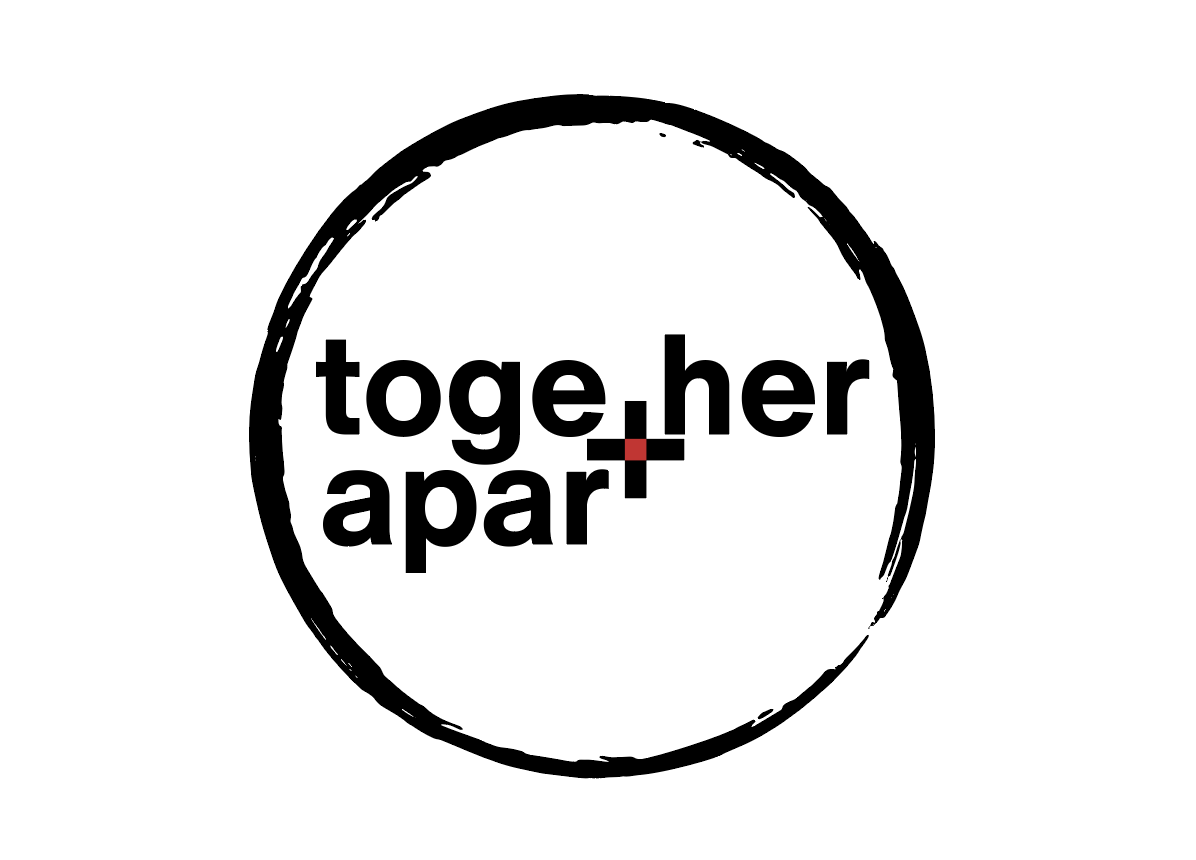together apart
This week’s challenge included two options for execution. I chose Option One:
You have successfully identified one social issue that your would like to solve and contextualized your issue and project brief.
Utilize your initial research to generate a solution that will provoke change. Your key task for this week is to generate exciting and thoughtful ideas.Think broadly about the relevant media you may wish to deploy when answering the design challenge, e.g. social media, public installation, viral, product or other digital or technology innovation.
LONELINESS IN THE TIME OF COVID19
For this project, we were to evaluate several issues that related to our locality. For me, I am choosing the city of San Francisco as my locale. It’s a big city, but a close knit one and one not without issues. The three issues that I found to be most apparent to me are: homelessness, economic inequality, and loneliness. I believe all are intertwined and not mutually exclusive.
Given the timeliness of the current social impact of COVID19 on the city of San Francisco, I chose to focus my project on loneliness. It also provides an opportunity for me to reflect on my own experiences stemming from the pandemic and feel like I am making a contribution to society as a result.
RESEARCH
Using a The Campaign to End Loneliness survey, plus one additional question to adapt to our current shelter in place order, I sent out a survey to get feedback on how folks looked upon their relationships and their connection to others. The rationale for using The Campaign to End Loneliness Survey was that this is a tool that has been compiled through a co-designed approach that is not only practical, but uses positive language, which I felt was highly appropriate given the already anxiety inducing aspects of sheltering in place amongst a global pandemic.
The survey included four statements for which respondents would rate on a scale from strongly agree to strongly disagree except for the final question which was to be filled in by free form response:
I am content with my friendships and relationships.
I have enough people I feel comfortable asking for help at any time.
My relationships are as satisfying as I would want them to be.
Sheltering in place has changed the way I connect with people by…
The responses were then evaluated against the Campaign to End Loneliness Measurement tool:
So someone with a score of 0 or 3 can be said to be unlikely to be experiencing any sense of loneliness, whereas anyone with a score of 10 or 12 is likely to be experiencing the most intense degree of loneliness. Scores in-between these two extremes are on a spectrum of feelings of loneliness; however it is not possible to say that each point on the scale represents an equal increase or decrease in the degree of loneliness someone might be feeling.
Upon scoring the survey results the majority of respondents showing little to no up to some signs of loneliness with only one subject at a higher end of the spectrum:
I believe the results would be different given the pool of respondents was rather shallow. If more people had responded, I think more people would be showing signs of loneliness. Regardless, the research for this assignment include evaluating the entirety of the data including the free form responses. I took the responses from the final survey question and used an empathy map to identify insights that might inform my project further:
I was also inspired by a conversation that I had with my boss at the start of this project. She mentioned that through her church she signed up for volunteering with a group that connected volunteers to members of the San Francisco community affected by COVID19. She signed up to speak to a person who is sheltering in place in Oakland, California and is without any real support system given that he is from New York, a senior, and has an autoimmune disease which previously to the pandemic kept him from connecting with folks outside of his home.
“He is lonely. We speak every few days. I just listen and chat with him about anything he wants to talk about. ”
She spoke of how it was really just a big Google spreadsheet and that there was no formal organization, but more of a free for all. It got me thinking about how to incentivize and reach more people, more effectively, and more efficiently.
FROM RESEARCH AND INSIGHTS INTO DESIGN
I wanted to design a campaign that connect those that are lonely or feeling alone to those willing to provide their time to chat with them in any way that was easiest for the person in need: text, phone, email, FaceTime, etc. And in a way that would be able to encourage those in the community to participate in the easiest way possible. Some criteria:
Bold messaging
Simple, straightforward design
Clear call to action
Anyone can print, create, and share the materials including adapting it to make it their own.
A NAME AND A PLAN
I landed on the name “Together Apart” for the campaign brand identity. Further, I looked to create a simple design that could be easily transferred, adopted and implemented by anyone interested. This meant keeping the design clean and straightforward and using basic color palette such as black and white. This way participants could print their own materials for display to encourage outreach and connection with the target audience.
The introduction of the Japanese symbol “enso” means oneness. The brush stroke approach provide an human touch and a nod to imperfection.
I chose to interlock a cross-symbol with the intersection creating an opening. This could symbolize the lonely and how they are surrounded by friends as shown through the balance of the cross symbol. The cross also symbolizes care. I’ve incorporated the Japanese symbol for oneness, the "enso” in a brushstroke that evokes a human touch and lack of imperfection. This symbol represents the “circle of togetherness,” the oneness of life, the beginning and end of all things, and the connectedness of existence, thus setting the tone for the campaign: togetherness, oneness.
CREATIVE DEVELOPMENT AND EXECUTION
I brainstormed all of the various deliverables and platforms where this campaign could be most effective.
THE RESULT
A campaign that is created for the people, by the people: together apart.
REFERENCE:
E, Manzini., (2015) ‘Part 3: Making Things Happen’, in Design, When Everybody Designs: An Introduction to Design for Social Innovation. . Available from: https://ebookcentral.proquest.com/lib/falmouth-ebooks/detail.action?docID=3339947. 84, pp. 119 – 202
Falmouth University (2018). Visual Writing: Design & Develop | Lecture. History and Futures GDE720 19/20 Part-Time Study Block S2 (Falmouth, UK: Falmouth University)
McQuiston, L., (1993) Graphic Agitation. London: Phaidon. Available from: https://content.talisaspire.com/falmouth/bundles/5c62b7e669df5062d0522374
Payne, K. (2019, February 7). The Missing Million: A Practical Guide to Identifying and Talking About Loneliness. Retrieved from https://www.campaigntoendloneliness.org/blog/the-missing-million-a-practical-guide-to-identifying-and-talking-about-loneliness/
The Campaign To End Loneliness. (n.d.). Measuring your Impact on Loneliness in Later Life. Retrieved from https://www.campaigntoendloneliness.org/measuring-loneliness/



























